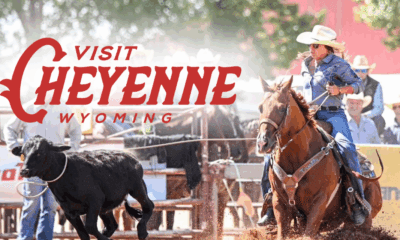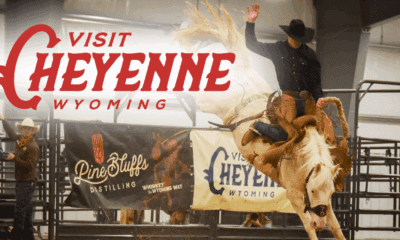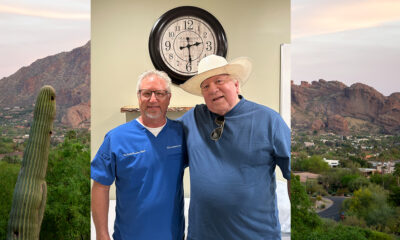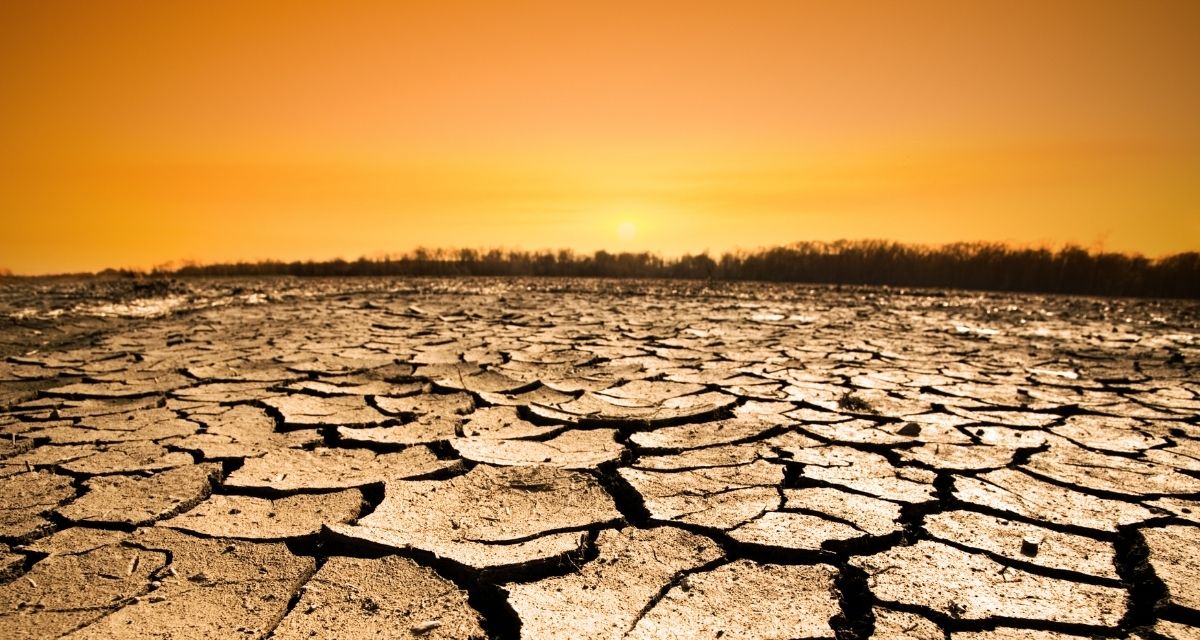
What Drought Brings for Farmers & Ranchers
Drought can mean a lot of things to a lot of different people. But if you’re talking to a farmer or rancher, drought can mean devastation in more ways than one. It doesn’t matter where you live, drought can have an effect on everyone. What we hope to clarify for you today is the effects of drought and ways that you can not only protect yourself as a farmer or rancher, but ways you can help your ranching or farming neighbors as well.
“Droughts rank second in types of phenomena associated with billion-dollar weather disasters during the past three decades. With annual losses nearing $9 billion per year, drought is a serious hazard with substantial socioeconomic risks for the United States.” – ncdc.noaa.gov
The dictionary definition of drought is: “a period of dryness especially when prolonged; specifically: one that causes extensive damage to crops or prevents their successful growth.” As consumers, we don’t often think about the work that goes into growing the food, whether it be grain, vegetables, fruits, or livestock and we definitely don’t think about the difficulties that farmers and ranchers face to put food on our table. Since droughts severely impact the agricultural industry, those that depend on the commodities from the industry suffer as well. Food becomes more scarce and demand exceeds supply. Prices go up, and the commodities markets waiver.

Wildfires
One way that we are currently experiencing a side effect of drought is wildfires in the southwest. According to several drought tracking websites, areas that are already dry are only supposed to get drier. What this means for farmers and ranchers in those areas is that when summer comes around, they have the expectation that wildfires are a very real threat to their livelihood. Imagine having to live your life with a constant escape plan that could leave everything you’ve worked so hard for behind? It’s unimaginable! Below you will find a map of the seriousness of the drought in the southwest and across the country.

Low Water Levels
This side effect seems pretty straightforward, but it really touches every aspect of ranching and farming, not just for the folks living in town. Typically, when we need water, all we have to do is turn on the faucet. There are some places that even run sprinklers in front yards or have irrigation systems to make sure that the grass stays green. For most farms, things are not that simple. While farmers do use irrigation especially on vegetable crops, nursery crops, and high-value crops, sometimes those water resources, irrigation equipment, and labor aren’t sufficient to overcome the effects of drought. Another problem arises when the decrease of water availability in the soil causes a significant decline in overall crop and livestock productivity.
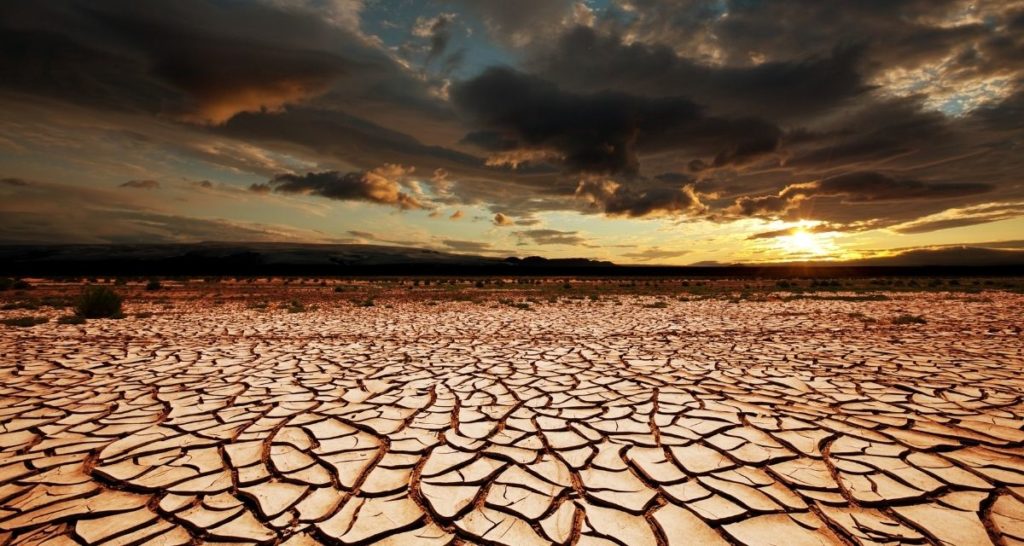
Economic Impact
The most obvious economic impact of drought for farmers and ranchers is crop failure and pasture losses. Unbeknownst to consumers, these costs are typically passed on to them through increased prices throughout the supply chain. Some of the things that we also wouldn’t see in this chain include decreased supplies to other industries, such as grain and meat processors, and reduced demand for things such as fertilizer and farm/ranch labor. The direct impact we see for farmers and ranchers is lost money due to destroyed crops and spending more money on feed and water for their livestock.

Financial & Personal Stress
Another important effect of drought is the stress and financial burden it puts on the farmers and ranchers themselves. They don’t take holidays, they typically work weekends and their time off is the time they get for dinner. Farmers and ranchers are some of the most undervalued people in the workforce. The impact of production loss can create a massive mental health strain on farmers. Not to mention, the often tough decisions that need to be made that can impact the welfare of their livestock, the employment of their team, the future of their business and family.
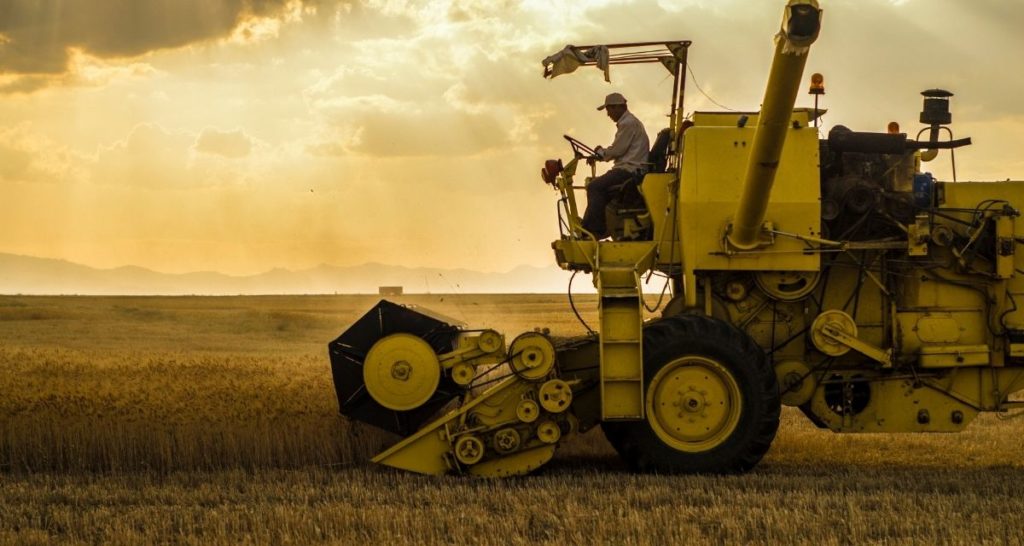
What Does This Mean for Farmers & Ranchers?
Farmers and ranchers invest their time, labor, money, and livelihood into their crops and livestock in hopes of good yield when it comes time to harvest or ship. If that rain doesn’t come, it cuts straight into the farmer’s bottom line and starts a sequence of events like the ones we’ve described above. One key area that farmers and ranchers can do to protect themselves is carry crop insurance which helps to cover losses during periods of unfavorable weather. To learn more about that, keep reading!

How to Protect Your Farm or Ranch
The government provides farmers and ranchers with a range of tools, information, and support to assist in making decisions during tough times. Insurance agencies such as CKP Insurance have a program called the Pasture, Rangeland, Forage (PRF) Pilot Insurance Program, which is designed to provide insurance coverage on your pasture, rangeland, or forage acres. This program is based on precipitation using the Rainfall Index. This program is designed to give you the ability to buy insurance protection for losses of forage produced for grazing or harvested for hay, which result in increased costs for feed, destocking, depopulating, or other actions.
What are the benefits of PRF Coverage?
- The program is very affordable because the government subsidizes 51%-59% of the premium.
- Premiums are not due until October 1 of the crop year.
- No claim forms.
- No adjusters needed. Claims are paid. automatically based on data from NOAA CPC.
With CKP Insurance on your side, they are dedicated to providing you with insight, information, and alternative-risk solutions that are custom-fitted to your business and personal needs. They can tailor a plan for you using specific data in your region and even select options acre by acre. Their expertly trained professionals will walk you through a range of options using risk-assessment tools that will take the pressure off when there is a drought in your area. You can see what they’ve been able to accomplish with the Navajo Nation here.
The CKP Promise
CKP Insurance will…
- conduct a one-on-one personal consultation to go over your specific ranch or farming operation needs.
- provide an honest assessment and discourage you from purchasing unnecessary coverage.
- keep you informed throughout the year as to how the program is performing for you and advise on other opportunities to maximize your cost savings.
Last Updated on 06/19/2021 by Krysta Paffrath
CLN Community Sponsor

